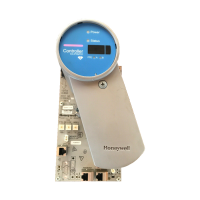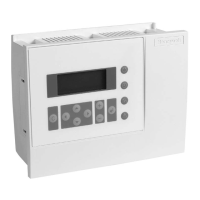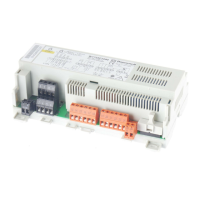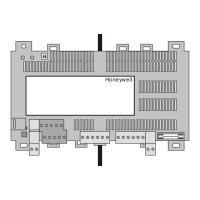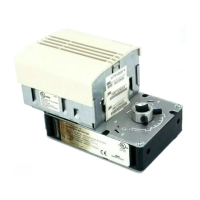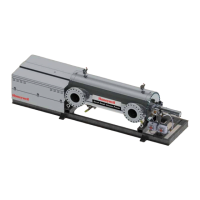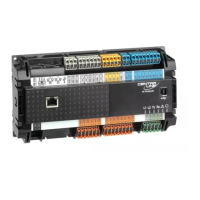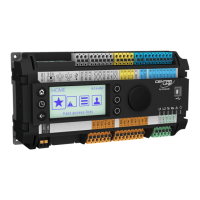Load components from Project
To load a C300 Controller block and its associated blocks
146 Experion C300 Controller User's Guide R301.1
Honeywell 11/06
Step Action Result
tab.
2
Click Tools->Load. Or, click the
load button in the toolbar.
Also, you can right click on the C300
block icon to select Load.
Calls up Load Dialog box
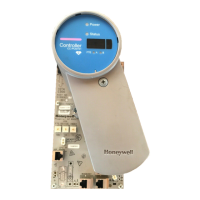
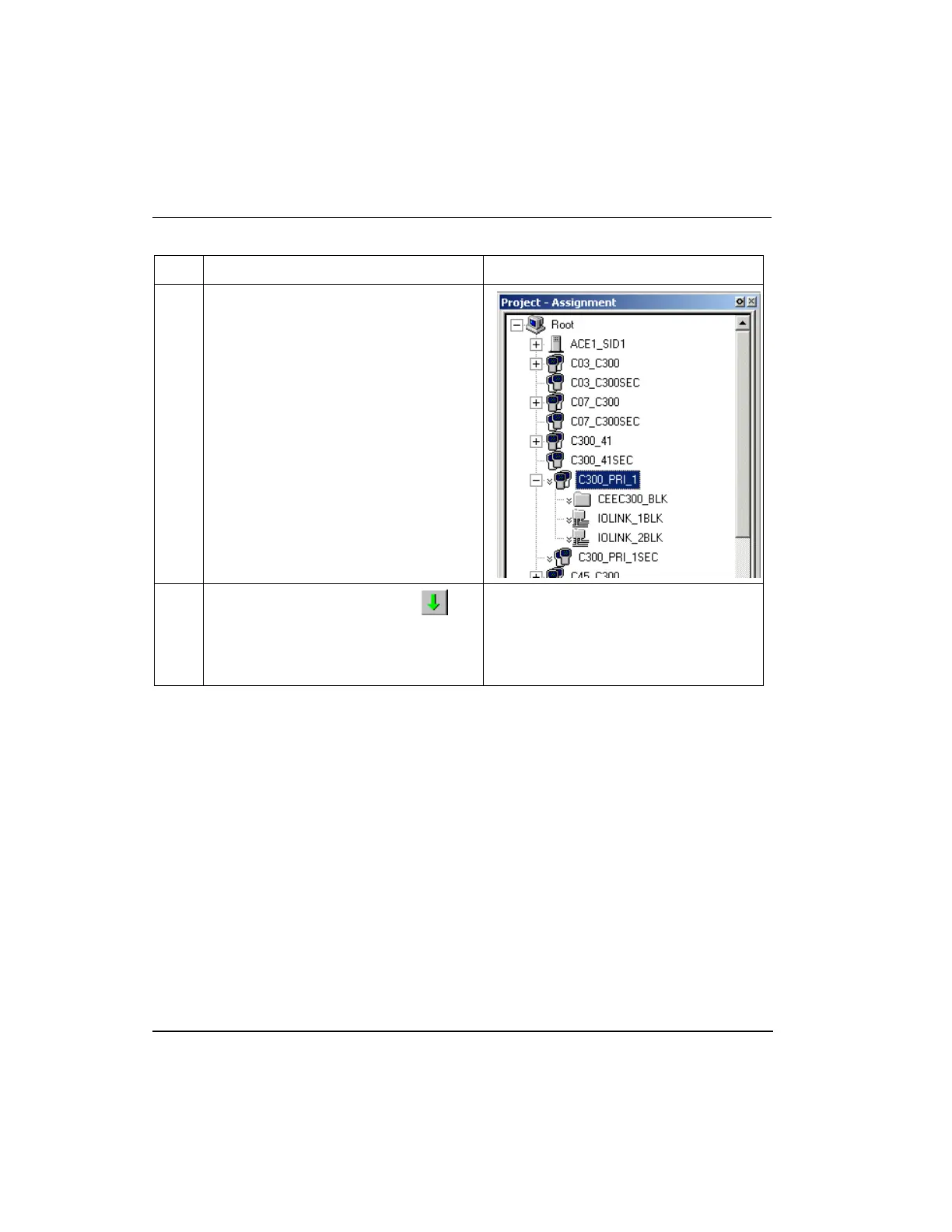